Disclosure of fees and costs in PDSs and periodic statements
- December 23, 2015
- OIG
- News
- No Comments
As part of the enhanced fee disclosure regulations and ongoing reforms, issuers must meet certain requirements when disclosing fees and costs in Product Disclosure Statements (PDSs) and periodic statements to increase transparency for consumers.
To address concerns in relation to how the industry participants were interpreting concepts such as “indirect costs” and costs associated with investing through “interposed vehicles” and to remove doubt about any inconsistency of terminologies introduced by Stronger Super reforms, ASIC issued class order 14/1252 dated 8 December 2014 (Class Order) which modified Schedule 10 to the Corporations Regulations 2001 (Cth) and clarified key fee and cost disclosure requirements for PDSs and periodic statements for superannuation products and managed investment products.
Under the new ASIC regulatory guide 97 issued in November 2015 (New RG97), which replaced the previous guidance RG97 (Old RG97), ASIC has provided guidance to issuers of superannuation products and managed investment products:
- in respect of modifications to certain fee and cost disclosures in PDSs and periodic statements imposed by the Class Order and further amendments to such Class Order pursuant to the legislative instrument 2015/876 made by ASIC dated 16 November 2015 (ASIC Instrument); and
- clarifies when the issuer needs to comply with the fee and costs disclosures pursuant to the Class Order and ASIC Instrument.
Key dates for PDSs
Key dates for periodic statements What do issuers need to know?Indirect CostsIndirect costs means any amount that an issuer knows, or reasonably ought to know or, where this is not the case, may reasonably estimate will directly or indirectly reduce the return on the product or option that is paid from or reduces the amount or value of:
- the income of or the property attributable to the product or option; or
- the income of or property attributable to an interposed vehicle in or through which the property attributable to the product or option is invested.
Indirect costs exclude any amounts charged to a member as a fee, and also exclude defined fees for superannuation products including an administration fee and investment fee.Therefore amounts disclosed as an indirect cost, cannot also be disclosed as a fee.For managed investment products, indirect costs are included as part of management costs and generally calculated based on a typical ongoing amount within a range. However if a PDS has been available during the last financial year, indirect costs should be calculated based on the actual indirect costs in the previous financial year. For new products, indirect costs should be calculated based on the issuer’s reasonable estimate that will apply for the current financial year.Interposed vehiclesIssuers must take into account the costs of investing through one or more entities (which fall within the definition of ‘interposed vehicles’) when calculating indirect costs.An interposed vehicle is a body, trust or partnership which is not a platform (ie wraps, superannuation platforms or IDPSs) and either meet:
- assets test (ie more than 70% of its assets by value in the financial products); or
- PDS test (ie the entity is reasonably regarded from the PDS as a means by which the benefit of the investment is obtained, rather than the end investment)
OTC derivativesThe costs of obtaining exposures to other assets through derivative financial products must be disclosed as part of indirect costs because these financial products can function in a similar manner to interposed vehicles. If the derivative is used primarily for the purpose of avoiding or limiting the financial consequences of fluctuations in, or in the value of, receipts or costs of the scheme, (ie hedging), these costs are not to be considered in calculating indirect costs.Performance feesPerformance fees relate to the performance of the fund as a whole or of an investment option. For a managed investment product, performance fees paid to the issuer should be disclosed as management costs based on the current typical ongoing amounts payable on an annual basis and future financial years, and performance fees paid to an investment manager, or charged by an interposed vehicle should be disclosed as an indirect cost based on actual amounts paid during the last financial year.Some things for issuers to consider
- Issuers must consider at the end of the financial year whether or not the costs (including indirect costs) disclosed in their PDS needs updating to avoid the PDS from being likely to be misleading.
- Issuers must consider the fees and costs of investees, which are unregistered funds.
- Issuers must consider whether an income sharing arrangement or arrangement or any sharing or diversion of income or other benefits will reduce management costs or indirect costs. If so, the issuer must account for such amounts in the PDS disclosure.
- Issuers must disclose arrangements where there is a reduction of fees and costs because of contributions of related parties.
Issuers must make changes to the PDS to take into account the modifications to the fees and other costs template; example of annual fees and costs and the consumer advisory wording.
| For PDSs given | Comply with |
| Prior to the commencement of the ASIC Instrument (ie 25 November 2015) |
|
| On or after the commencement of the ASIC Instrument and before 1 February 2017 |
|
| On or after 1 February 2017 |
|
| Last day for giving periodic statements | Comply with |
| Before 1 January 2018 |
|
| On or after 1 January 2018 |
|
